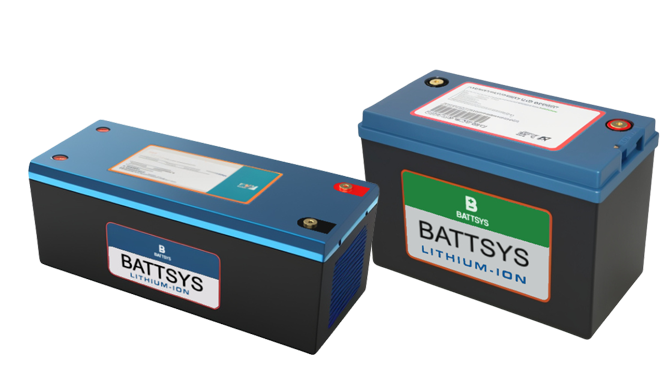Do lithium batteries need to be fully charged for 12 hours in the first three times?
The previously released lithium battery does not require activation. Let's assume that the factory battery has electrode passivation in the user's hand. In order to activate the battery, deep charge and discharge cycles are performed three times. Actually, this question is about whether deep charging requires 12 hours of charging.
Do lithium batteries need to be fully charged for 12 hours in the first three times The answer is that there is no need to charge for 12 hours.
Early mobile phone nickel hydrogen batteries required replenishment and trickle charging processes to achieve the most perfect fully charged state, which may take about 5 hours, but it also did not take 12 hours. The constant current and constant voltage charging characteristics of lithium-ion batteries determine that their deep charging time does not require 12 hours.

Lithium battery charging takes 12 hours
Some people may ask about lithium-ion batteries, since the current gradually decreases during the constant voltage stage, is it true deep charging when the current is infinitely small. I once drew a curve of current reduction versus time during the constant voltage stage and fitted it multiple times. I found that this curve can approach zero current in a 1/x function. In actual testing, due to the self discharge phenomenon of lithium-ion batteries, this zero current can never be reached.
Taking a 600mAh battery as an example, if the cut-off current is set to 0.01C (i.e. 6mA) and its 1C charging time does not exceed 150 minutes, then if the cut-off current is set to 0.001C (i.e. 0.6mA), its charging time may be 10 hours - this cannot be accurately obtained due to instrument accuracy issues, but the capacity obtained from 0.01C to 0.001C is calculated to be only 1.7mAh. It is practically meaningless to exchange the extra 7 hours for this capacity of less than 0.3%.
Moreover, there are other charging methods, such as pulse charging, which allows lithium-ion batteries to reach a limited voltage of 4.2V. It does not even have a minimum current cut-off stage, and usually it is fully charged after 150 minutes. Many mobile phones use pulse charging method.
Someone once used a mobile phone to display that it was fully charged, and then used a landline charger to charge it to confirm the phone's charging level, but this testing method was not rigorous enough.
Firstly, the green light displayed on the seat charger is not a basis for checking whether it is truly fully charged or not.
The only ultimate method to detect whether a lithium-ion battery is fully charged or not is to test the voltage of the lithium-ion battery when it is not charged (or discharged).
The true purpose of reducing the current during the constant voltage stage is to gradually reduce the additional voltage generated by the charging current on the internal resistance of the battery. When the current is as small as 0.01C, such as 6mA, this current multiplied by the internal resistance of the battery (usually within 200 milliohms) is only 1mV, which can be considered as the voltage of the battery in a no current state.
Secondly, the reference voltage of a mobile phone may not necessarily be equal to the reference voltage of a landline charger. The phone believes that a fully charged battery has reached the landline charger, but the landline charger does not consider it fully charged and continues to charge.
